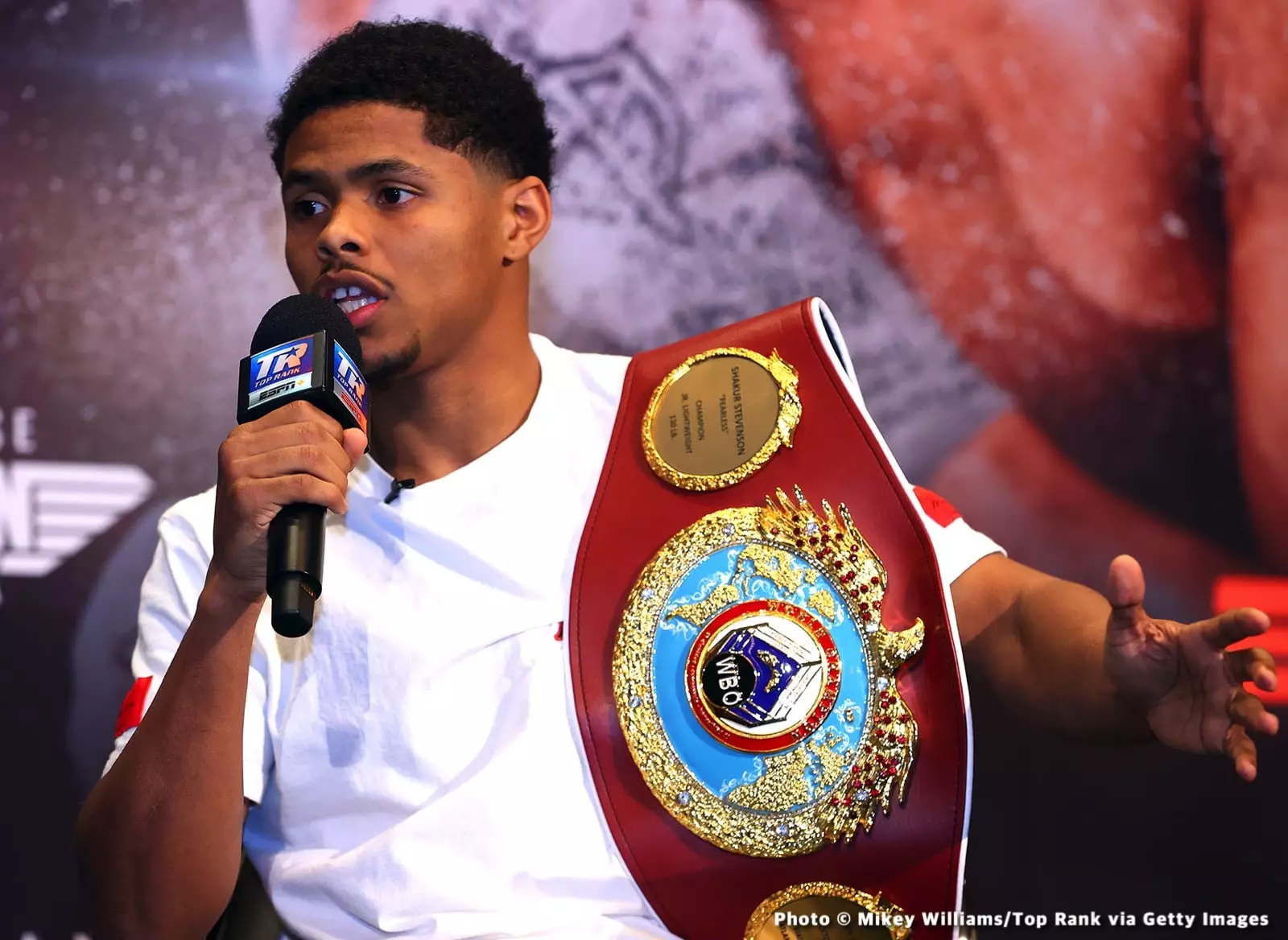Boxing is a sport as much about perception as it is about reality. Floyd Mayweather’s unblemished 50-0 record has long been celebrated as the epitome of perfection. Yet, beneath the surface lies a more nuanced truth—one that challenges the notion of invincibility. His first fight against Jose Luis Castillo remains a pivotal point in boxing history, serving as a stark reminder that even the most celebrated champions are susceptible to controversy and disputed decisions. Many fans and experts believe Castillo deserved the victory that night, which would have made Mayweather’s record 49-1. This inconsistency raises profound questions: what does it mean to be undefeated? Is perfection something that can truly be achieved, or is it simply a construct of how fights are judged?
Mayweather’s record, in this light, becomes more of a myth than an absolute truth. The narrative of his flawless dominance is partly built on a few contentious decisions, and acknowledging this opens up space for a more critical appreciation of his legacy. It also invites a reevaluation of greatness—perhaps it’s not about unblemished records but about resilience, adaptability, and the ability to overcome adversity despite flaws or doubts.
Oscar De La Hoya’s Bold Predictions: Not Just Nostalgia but a Reflection of Styles
Oscar De La Hoya’s recent commentary comparing Shakur Stevenson and William Zepeda to Mayweather and Castillo is more than just nostalgic praise; it’s an insightful analysis rooted in stylistic parallels. De La Hoya suggests Stevenson, much like Mayweather, employs technical proficiency—superior footwork, smooth shoulder rolling, and precise jabs—making him a textbook example of modern boxing finesse. Conversely, he likens Zepeda to Castillo, emphasizing his aggressive output and relentless pressure.
This analogy is powerful because it contextualizes upcoming fights within a broader narrative of stylistic clash. De La Hoya foresees Zepeda’s volume and body attack overpowering Stevenson’s technical finesse, much like Castillo’s ferocity challenged Mayweather’s defensive mastery. His prediction of a decision or stoppage hinges on the belief that relentless pressure can undermine even the most technically sound fighters, especially those who may have vulnerabilities, such as “brittle” hands—an often-debated flaw attributed to both Mayweather and Stevenson.
However, De La Hoya’s insights also implicitly question whether boxing’s judges today can fairly adjudicate such a contest. Will they favor the cleaner, more technical boxer in Stevenson, or the aggressive, punch-heavy Zepeda? The outcome may go beyond physical skills, revealing the biases and subjective nature ingrained in boxing’s decision-making process.
Analyzing the Fight: Styles, Strategies, and the Unpredictable Outcome
The impending clash between Stevenson and Zepeda symbolizes the eternal human struggle between finesse and fight. Stevenson’s sleek, calculated style relies on timing, precision, and movement—traits that have often won him favor among purists. Yet, if Zepeda forces a fight, constantly wading forward throwing relentless punches, he could turn the bout into a war of attrition.
One of the key tactical questions is whether Stevenson can adapt to Zepeda’s aggressive approach. Can he utilize movement and counterpunching to neutralize the pressure, or will he be overwhelmed by Zepeda’s volume and heart? Conversely, will Zepeda sustain his output without burning out or becoming vulnerable to Stevenson’s counters? The fight isn’t merely about who lands more punches but about who executes their game plan more effectively under pressure.
De La Hoya’s emphasis on damage to the body and cutting off the ring suggests that Zepeda must target Stevenson’s midsection and avoid getting caught with check-hooks or precise counters. Meanwhile, Stevenson’s success hinges on breaking Zepeda’s rhythm, exploiting any signs of fatigue, and making moments count when Zepeda commits to offensive exchanges.
This preview uncovers a broader truth—boxing’s outcome often hinges on intangibles: mindset, endurance, and referee/judge interpretations. A fight’s final decision might be less about statistical dominance and more about narrative and perception, echoing the unresolved tension in Mayweather’s own contested victory against Castillo.
Judging the Unfolding Drama: The Role of Subjectivity
Judging in boxing has always been fraught with controversy, and this bout may be no different. When history shows us that even the most flawless records aren’t immune to scrutiny, we realize that outcomes are, to some extent, a matter of perspective. The fight between Stevenson and Zepeda will test this truth. Will the judges recognize the nuance of technical mastery versus relentless aggression? Or will their biases tip the scales unfairly?
Beyond the technical aspects, this fight embodies the ongoing debate about fairness and objectivity in scoring. Can a clean, composed boxer like Stevenson prevail against the storm of Zepeda’s pressure? Or will the judges be swayed by perceived damage, work-rate, or the narrative of resilience? These questions highlight that boxing, despite its physical demands, is ultimately a mental game—one defined by perception as much as by punch placement.
In the end, whether Zepeda can upset the odds or Stevenson maintains his composure, the real victory lies in the sport’s ability to challenge our assumptions about what makes a winner. Boxers are judged not merely for their technical prowess but for how convincingly they craft their story inside the ring. Mayweather’s controversial start reminds us that boxing’s reputation depends heavily on these subjective judgments—reminding us to approach every fight with a critical eye and an open mind.
Note: The actual outcome of the fight remains uncertain, but the analysis underscores the importance of judgment, perception, and style in boxing’s ever-evolving narrative.


Leave a Reply